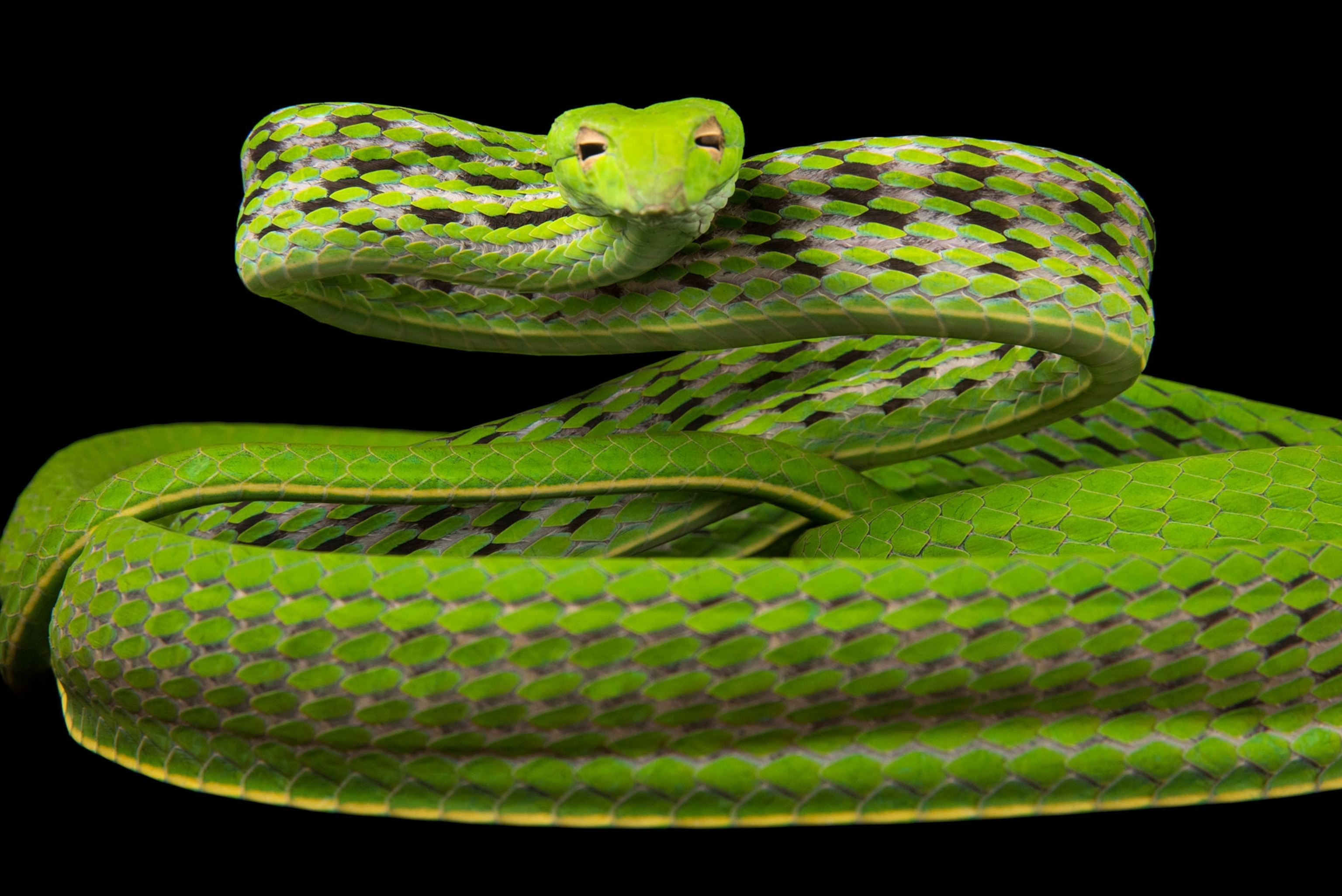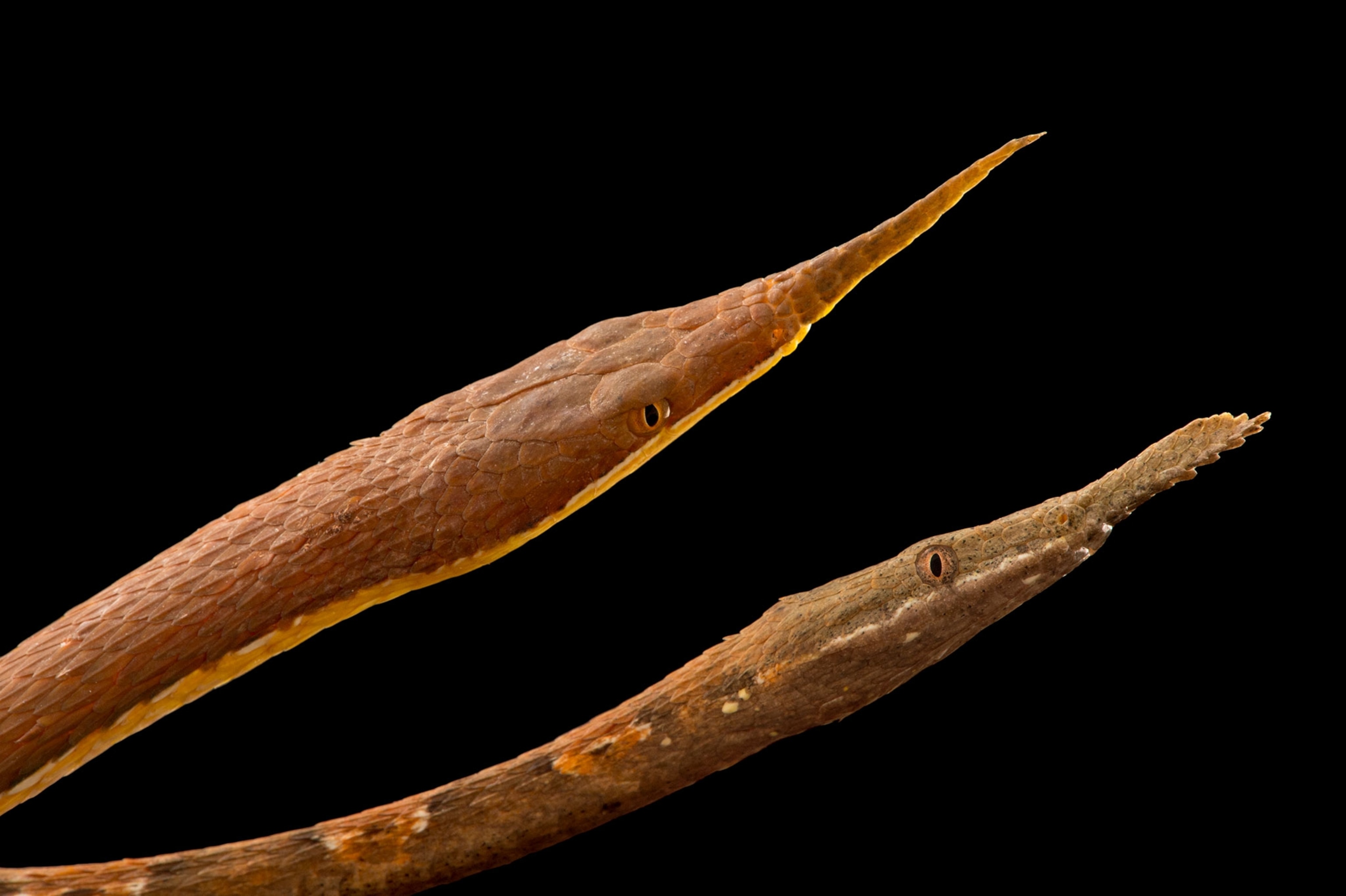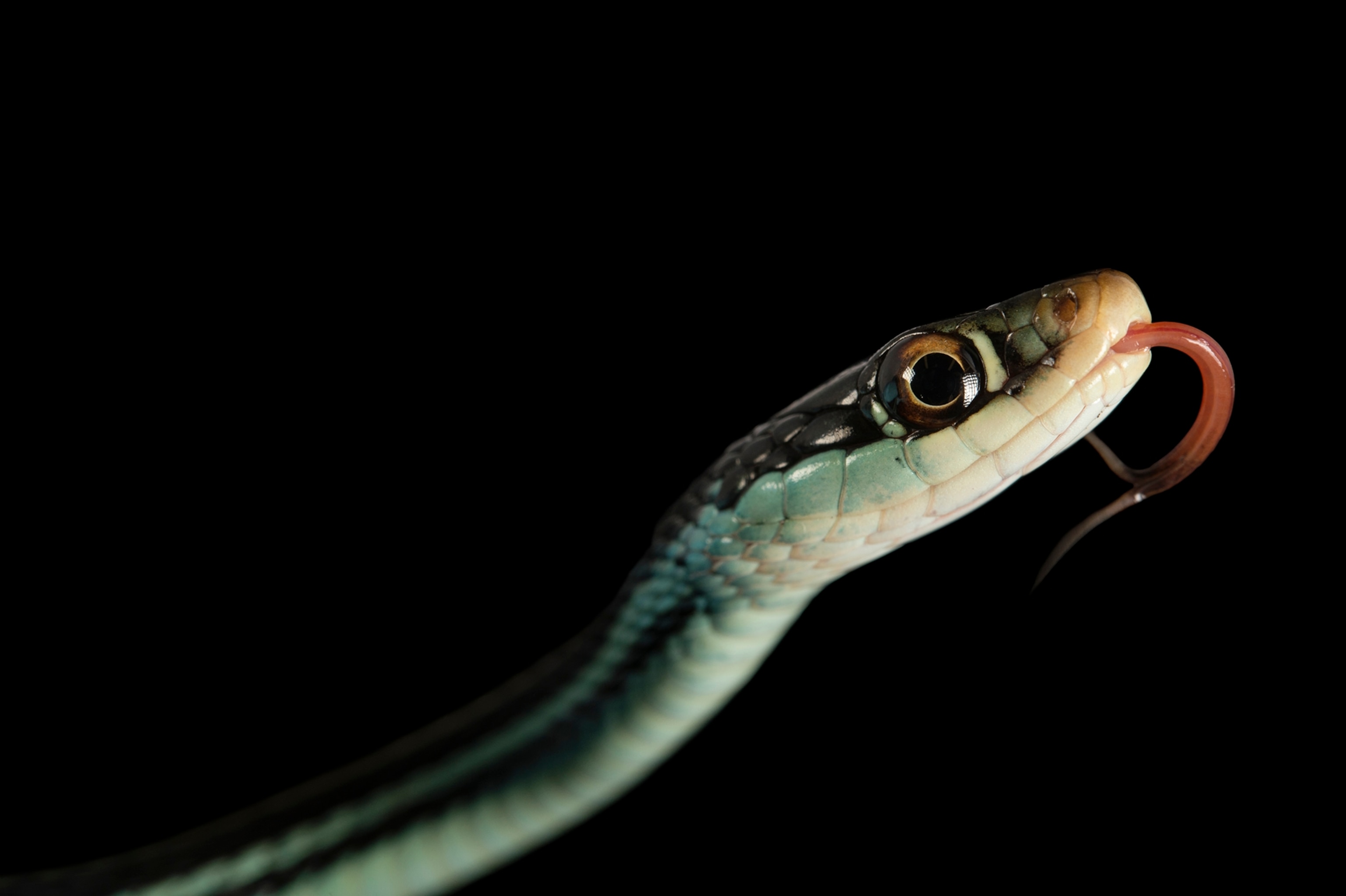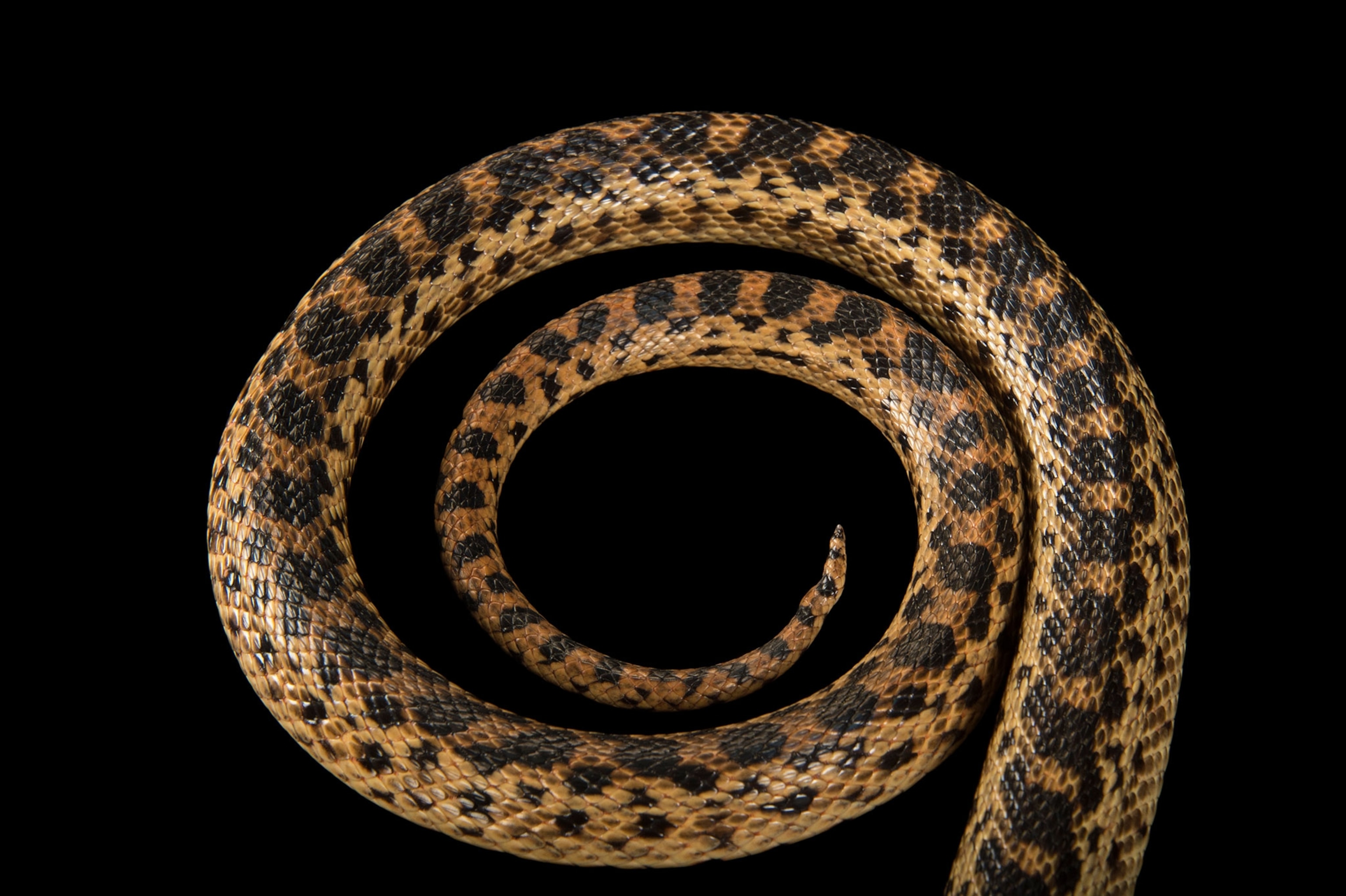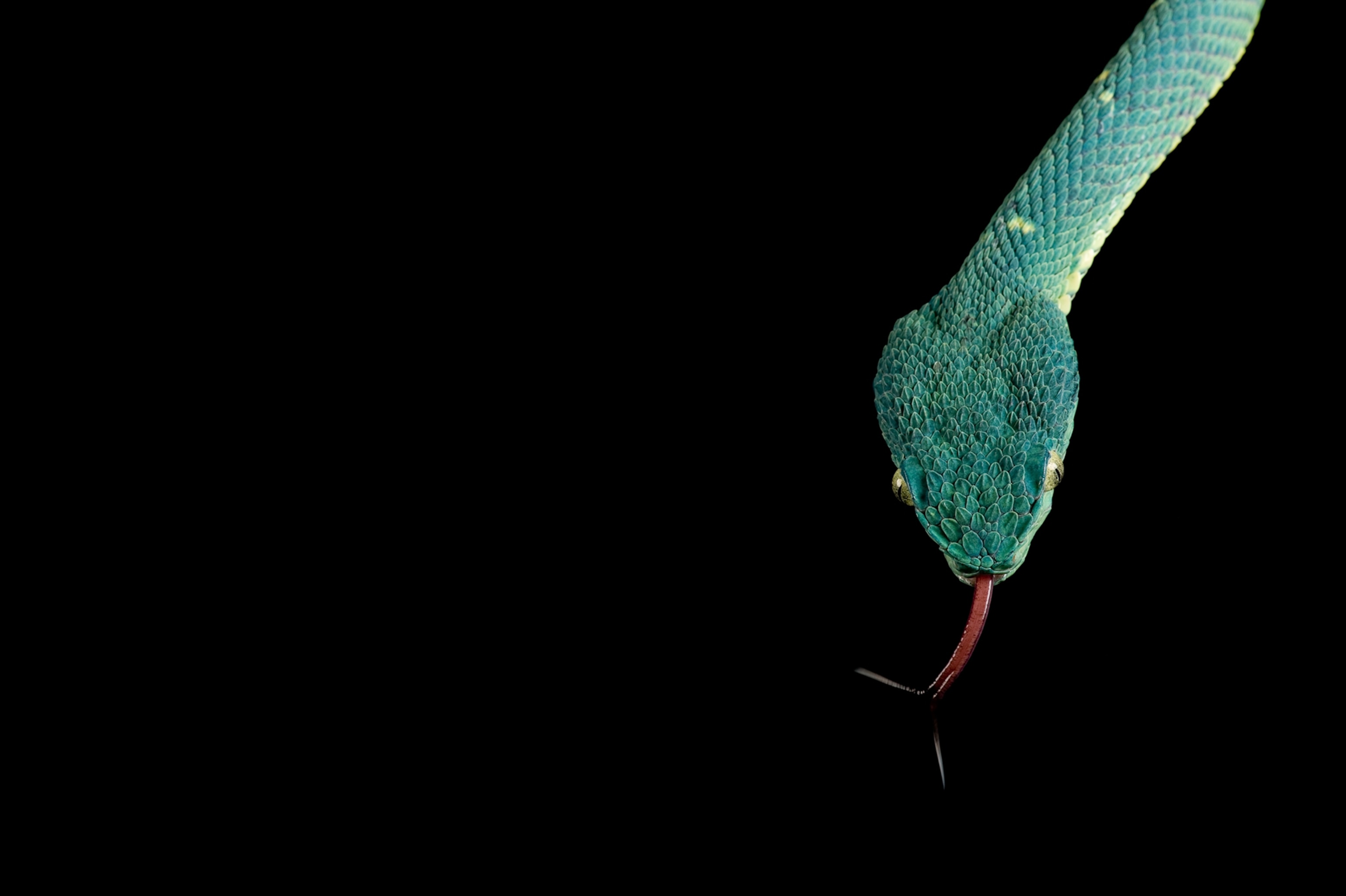
Decapitated Snake Head Nearly Kills Man—Here’s How
Scientists warn that rattlesnakes can remain dangerous long after they are dead.
A Texas man was doing yard work when he spotted a four-foot rattlesnake. He beheaded the snake with a shovel—but when he went to dispose of it, the severed head bit him.
According to media reports, the man received a massive dose of the snake’s venom. He became seriously ill and had to be air-lifted to a hospital, where he required a large number of doses of antivenom. A week later he remains in stable condition. The snake was reported to be a Western diamondback rattlesnake.
This story is perhaps not as uncommon as it may seem, because snakes—like many other reptiles—retain their reflexes even hours after death. The bite reflex is extremely strong in venomous snakes, because their instinct is to deliver one extremely quick bite, move away, and wait for their venom to work. Unfortunately for the Texan, this bite reflex can be triggered hours after the snake dies.
The bodies of snakes often writhe around for some time after they are dead, says Bruce Jayne, a biology professor at the University of Cincinnati. It’s a similar reflex to that of a headless chicken being able to run around for a short time, Jayne says. The mechanism behind this eerie behavior is a nervous system pre-programmed to make certain movements without the brain needing to send a signal. And a decapitated venomous snake head is evidently pre-programmed to bite in response to a stimulus—such as a someone trying to pick it up, he said.
“It happens fairly often. In fact, a researcher was recently bitten that way,” said Jayne, who has worked with sea snakes in Asia that have particularly deadly venom.
He treats dead venomous snakes, be they road kill or pickled in a jar, with the same caution as live ones. “You can easily snag your finger on a fang of a long-dead snake and be envenomated,” he said.
The vast majority of snake bites in the U.S. are the result of people messing around with the creatures, which are generally shy and do their best to avoid human beings. They’re usually easy to avoid and don’t move faster than a quick walk, Jayne said.
Its best to simply leave a venomous snake alone, Jayne says. If you need to move one from your property or a public area, call an expert to humanely move them, he advises. In short, snakes play valuable roles in the ecosystem and deserve respect as wildlife.


